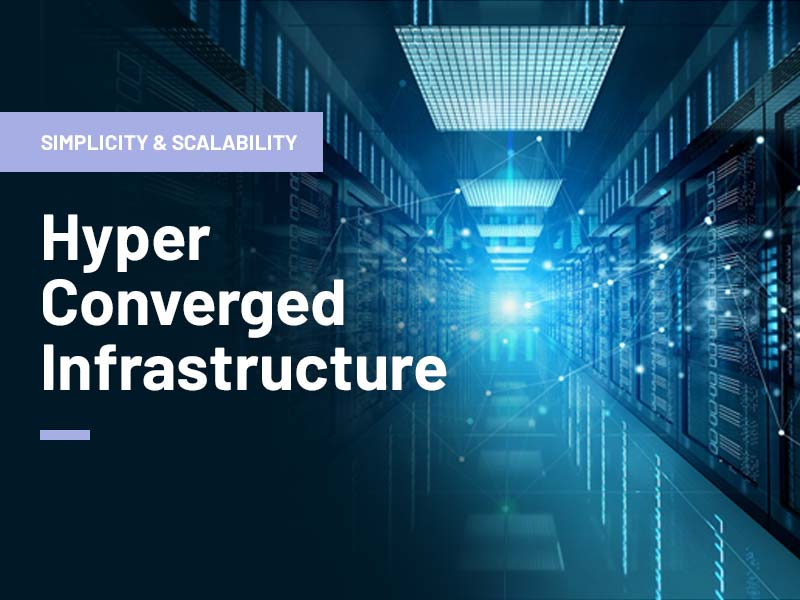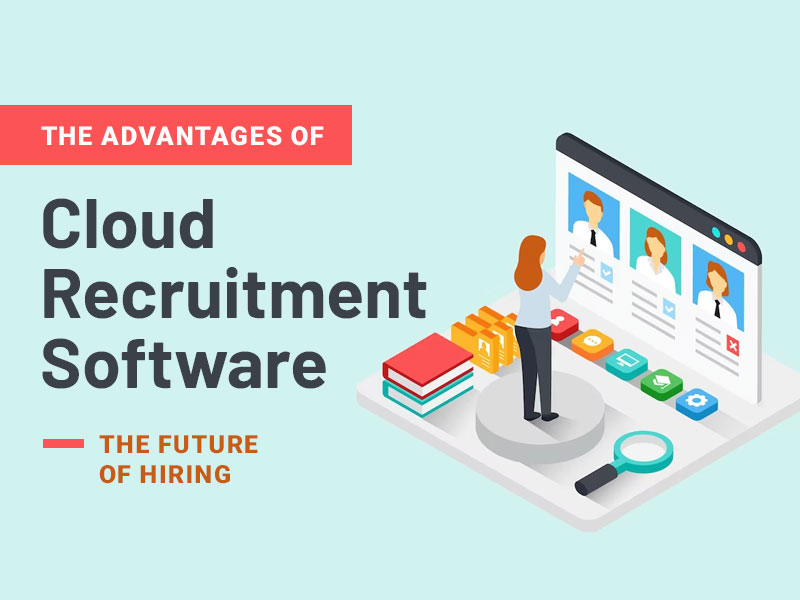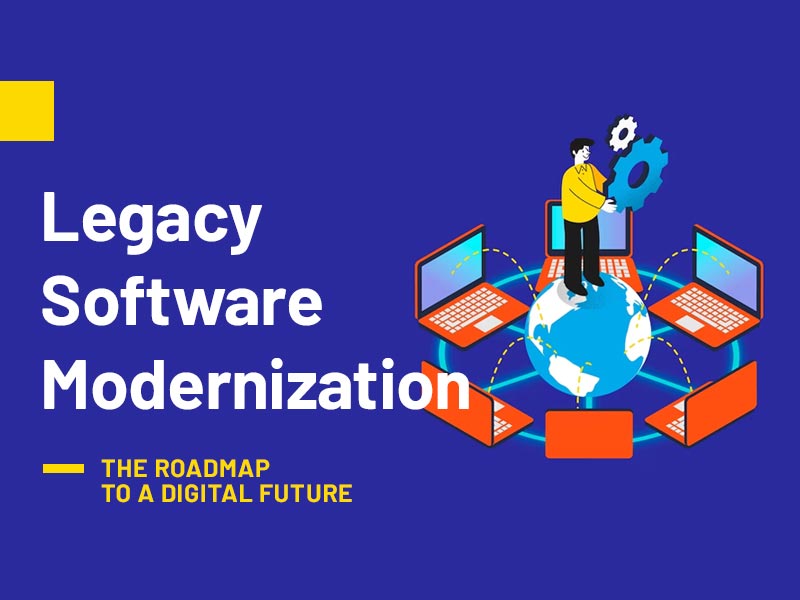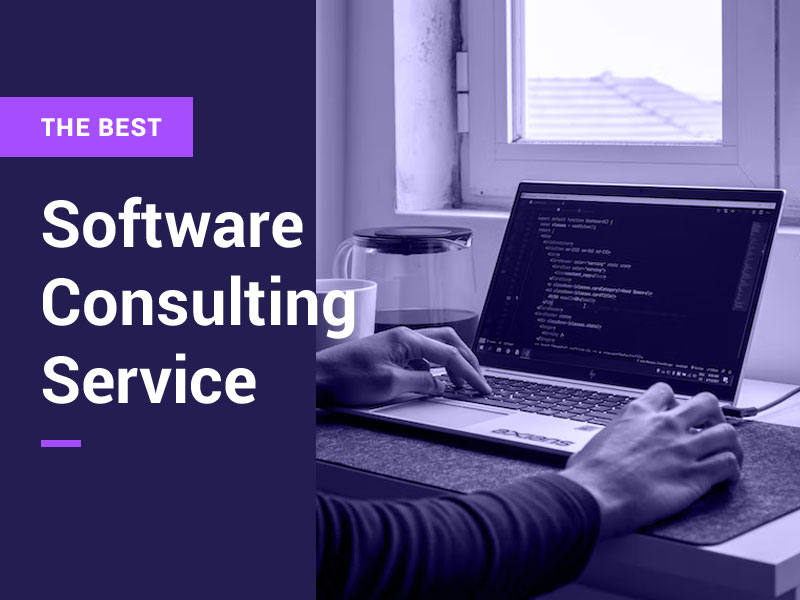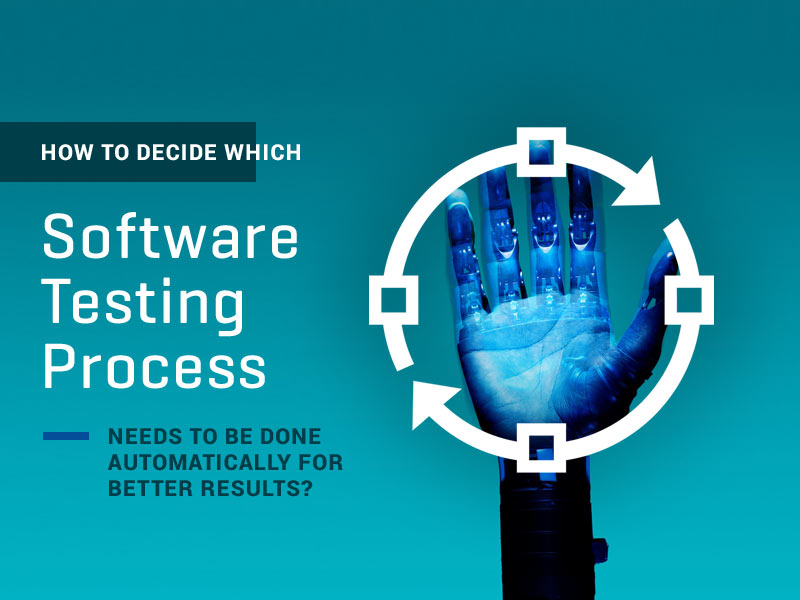The hyperconverged infrastructure prioritizes VM mobility, high availability, data efficiency, and cost-effectiveness. When offering what your surroundings require, whether it is an app controller or color-coded blinking headlamps, it is critical to consider the production operations and the marketing strategy of the products, particularly since suppliers are rapidly expanding and not all device is cross-compatible. Furthermore, choosing, designing, and deploying a convergent nervous system is simplified since everything is contained in a single unit. Growth is more controlled, but it is also more costly.
Even if you need to upgrade a single part, you may only add extra units to your proposed system with your initial purchase. Because everything is controlled via a single point of contact, assistance becomes more accessible. To know more about the hyper-converged infrastructure and its simplicity and scalability, continue reading this article.
What is Hyper-Convergence?
The phrase hyper-convergence refers to the combination of processing, connectivity, and storing capabilities into a unified, simplified data center design. Traditional data center layout requires specialized hardware, with every element dedicated to a unique purpose, while hyperconverged infrastructure (HCI) uses simpler software and hardware parts. By decreasing the hardware required to function, hyper-convergence aims to automate the data center environment and reduce complications.
How Hyper-Converged Works?
HCI combines the complete data center stack, encompassing computing, memory, collection connectivity, and virtualization. It mixes conventional data center server hardware with locally connected storage systems and is driven by a different software framework to remove specific problem areas linked with outdated infrastructures. A shared platform based on industry-standard computing systems replaces complex and costly legacy infrastructure.
It also allows businesses to size their tasks and grow flexibly as appropriately required. Every server is outfitted with x86 CPUs as well as HDDs and SSDs. An application running on every node spreads all operational functions throughout the cluster for greater speed and robustness. Hardware platform options that may be provided with or without GPU for visual processing can meet any demand by individually scaling the different resources. To enhance storage capacity, all nodes have flash, and all-flash nodes are offered to enable maximum I/O throughput with minimal latency for all business applications.
Where Does Hyperconverged Infrastructure Commonly Use?
This started with modest application cases like virtual desk infrastructure (VDI), but corporations today regularly employ innovation to ease the implementation, administration, and scalability of IT assets while reaping OpEx and CapEx benefits. Furthermore, several major database systems are beginning to license hyper-converged infrastructure software for use on hyperconverged equipment.
When HCI could manage OLTP and OLAP workloads, this could handle almost any other application demand. EMR/EHR systems, web servers, email servers, and CRM software are examples of this. The use of hyperconverged infrastructure throughout all sectors and settings has paved the way to scalability.
What are the Benefits of Hyperconvergence Infrastructure?
Hyperconvergence enables numerous firms to achieve improved performance, resilience, and safety by merging the pieces of a typical data center into a prescribed format. Other advantages of hyper-convergence include the following:
Easy Scalability
Hyperconverged infrastructure is versatile, allowing firms to scale up as sales grow swiftly. They could easily incorporate more nodes to ramp up or scale out business infrastructure without considering installing more hardware or storage/computing capacity.
Better Application Control
You may integrate all your tasks on a unified platform using today’s modern hyper-converged infrastructure without fretting about production difficulties. Greater QoS implies better management of each application and, in return, higher operating excellence and maximum resource use. Next-generation HCI, in addition to confining your tasks, lets you establish their lowest and highest performance criteria. Applications that use resources may be disabled, so they do not take from other platforms.
Removes Challenges
Memory, networking, and computation are all integrated with HCI, allowing for easier management and updates through automation and centralized administration. HCI eliminates complications inside the data center by enabling easy updates and scalability and reducing the number of IT suppliers you must interact with.
Cost-Effective
Since it operates on low-cost commodity hardware rather than expensive heritage gear utilized in conventional data center design, hyperconverged infrastructure is cost-effective. It reduces OPEX and CAPEX expenditures by restricting physical hardware needs and bandwidth required to function. It also eliminates the requirement to pay expensive specialized IT staff to administer the system.
Can Hyper-Convergence Make Storage Simpler?
The growth rate of data is at least 50 percent each year, and it is kept on object storage, file, and block. Growing expectations for control and visibility are being placed on storage managers. And cloud storage is now a crucial component of any storage system. However, conventional storage infrastructure cannot keep up with the requirements imposed by these new conditions. It is classed, as increasing complication, restricting adaptability, and decreasing use. Traditional infrastructure lacks access to information to satisfy unique regulatory and control needs. It was initially developed before the cloud, making the deployment of cloud-like features challenging.
HCI eliminates silos and consolidates all assets into a single, easily-managed resource. HCI expands the invisibility of infrastructure to memory. In addition, using HCI, you may include a range of nodes in the cluster that make sense for your requirements at that time, such as storage-heavy nodes whenever storage is required, CPU-heavy nodes when computation is needed, or any other kind of node.
What Type of Hardware Is Utilized with Hyperconverged Conditions?
A global infrastructure layer and a centralized management plane are HCI features. The decentralized infrastructure plane comprises a group of nodes that provide connectivity, software, and memory for guest workloads, whether VMs or containerized applications. In addition, the control plane enables simple administration of global HCI capabilities from a single location and perspective. It removes the requirement for a virtualization management system, storage, storage networks, and separate servers. HCI solutions are also specified entirely by software, with no need for proprietary hardware. Offerings a diverse selection of equipment and server platforms from several server manufacturers.
How Can Hyperconverged Infrastructure Contribute to Its Effectiveness?
Hyper-converged infrastructure decreases the size of your information center by replacing traditional infrastructure layers with flexible building pieces that include computation, memory, and connectivity. And this substantially reduced footprint allows you to operate similar infrastructure at the edges as you do in your central data centers, which leads to increased reliability and efficiency.
Moreover, different servers, memory networking, and storage arrays may be combined with a singular hyperconverged infrastructure system to build a flexible, scalable data center. Hyperconvergence simplifies management by allowing you to control all components of your infrastructure from a single location and decreasing complications by eliminating compatibility issues between numerous suppliers.
Also read: How can Software Testing Save Your Money
